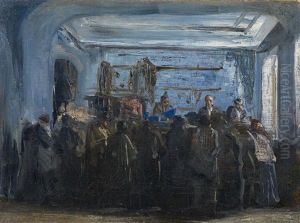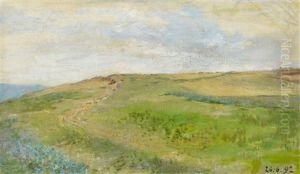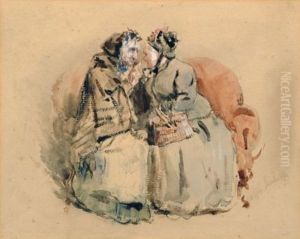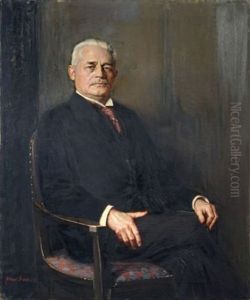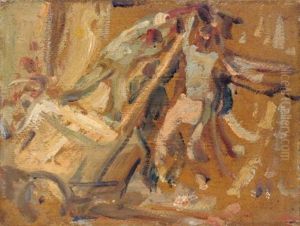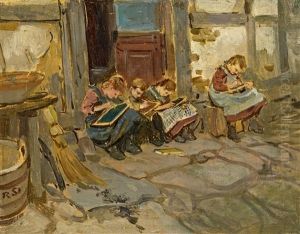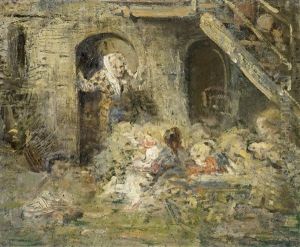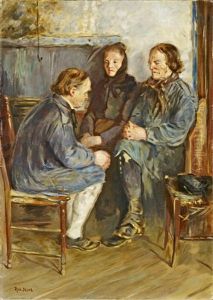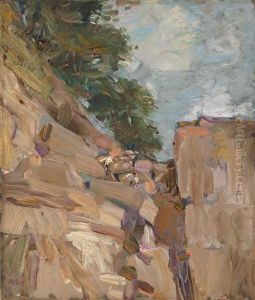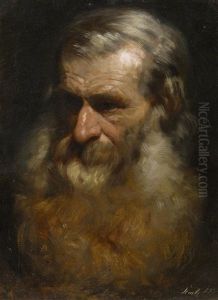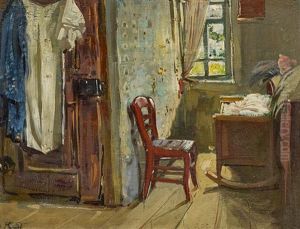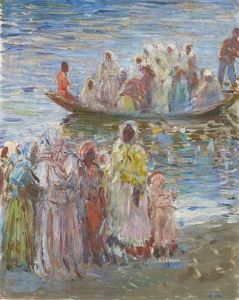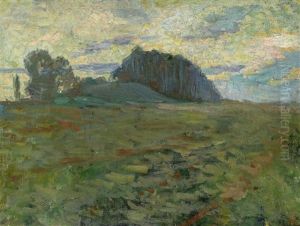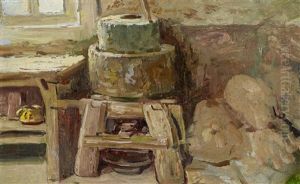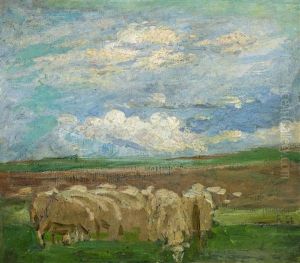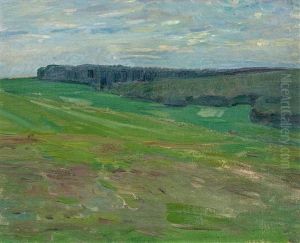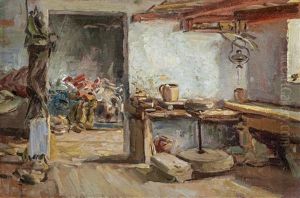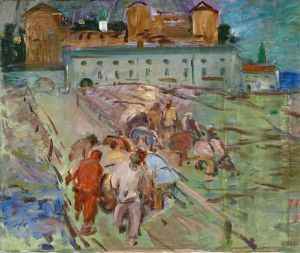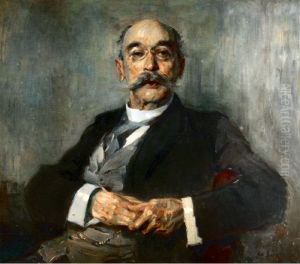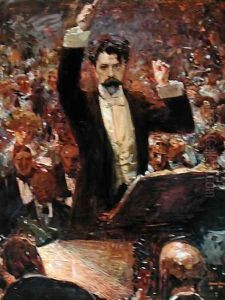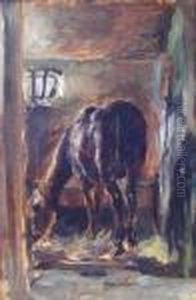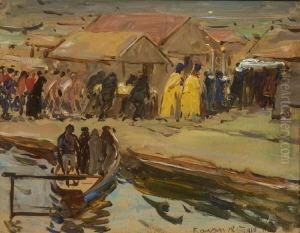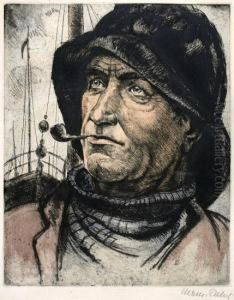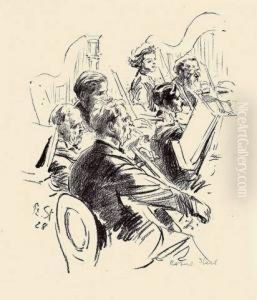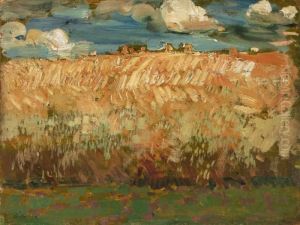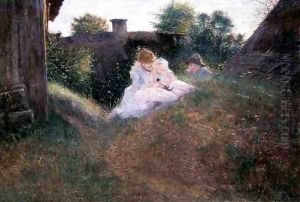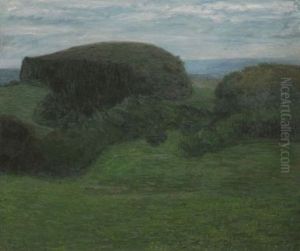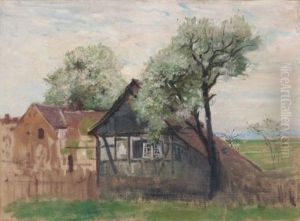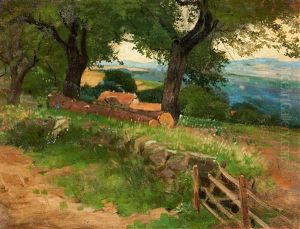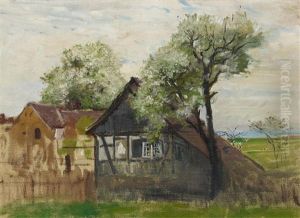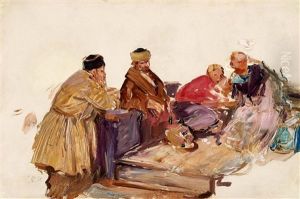Robert Sterl Paintings
Robert Sterl was a distinguished German painter and draftsman, born on June 23, 1867, in Großdobritz, near Dresden, in the Kingdom of Saxony. His artistic journey began at a young age, leading him to study at the Dresden Academy of Fine Arts from 1886 to 1892. Under the guidance of notable instructors such as Leon Pohle and Ferdinand Pauwels, Sterl honed his skills and developed a unique style that would distinguish his work throughout his career. He was particularly influenced by the Impressionist movement, which is evident in his vibrant use of color and dynamic brushwork.
Sterl's artistic oeuvre is characterized by its diversity, ranging from portraits and landscapes to genre scenes and industrial subjects. He had a keen interest in the working class, especially laborers and artisans, whose lives and efforts he depicted with empathy and respect. This focus set him apart from many of his contemporaries and underscored his commitment to social realism. One of his most significant contributions to art was his series of paintings portraying quarry workers, musicians, and dancers, which not only captured the essence of their daily lives but also highlighted Sterl's masterful ability to convey movement and emotion.
Throughout his career, Sterl traveled extensively across Europe, drawing inspiration from various cultures and landscapes. His travels informed his art, enriching his palette and broadening his thematic scope. Despite his affinity for the Impressionist style, Sterl's work cannot be confined to a single category; he constantly experimented with techniques and subjects, making his body of work both eclectic and pioneering.
Robert Sterl was also a respected teacher, influencing a generation of artists as a professor at the Dresden Academy of Fine Arts from 1906 until his death. His legacy as an educator is marked by his encouragement of artistic freedom and innovation among his students.
Sterl's contributions to German art were recognized during his lifetime, and he received numerous awards and honors. Today, his works are held in high esteem and can be found in museums and private collections worldwide. Robert Sterl passed away on February 10, 1932, in Naundorf, Struppen, leaving behind a rich legacy that continues to inspire and captivate audiences. His dedication to portraying the beauty and dignity of everyday life remains a testament to his vision and humanity.
